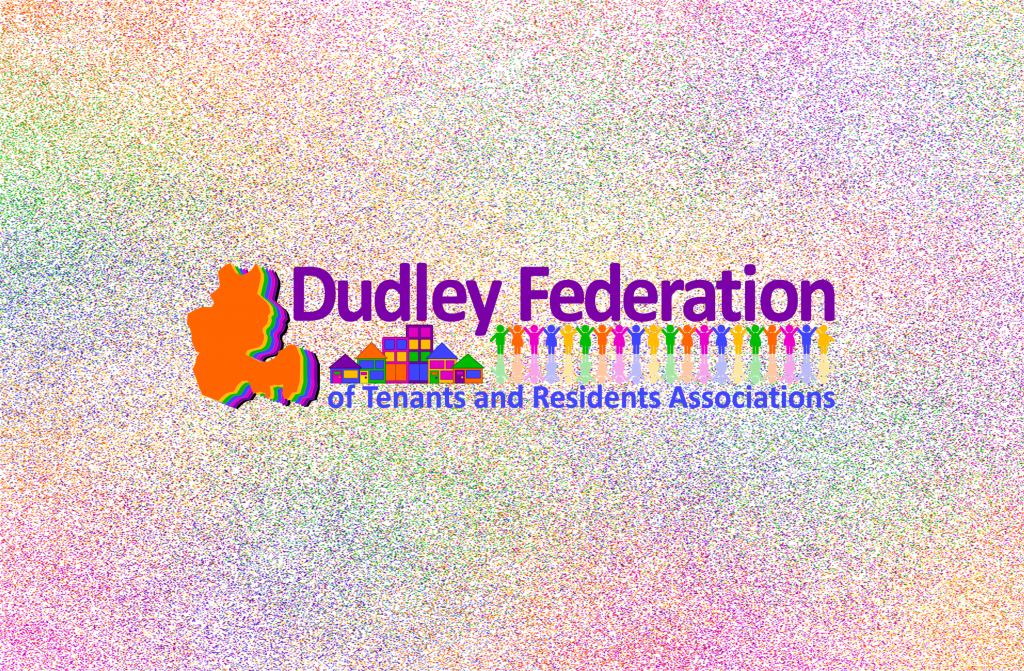Blue Badges extended to people with non-visible (hidden) conditions
The government’s Blue Badge scheme is being extended to include people who have non-visible (hidden) conditions, making journeys more accessible for them.
This change to the scheme is the biggest in nearly 50 years with the extended criteria coming into force on 30 August 2019.
People with some non-visible (hidden) conditions will be able to access Blue Badge parking permits. For drivers or passengers with conditions such as dementia, anxiety disorders or autism the anticipation of travel difficulties such as finding a parking space can build on top of the stress of the journey itself.
Due to the nature of non-visible (hidden) conditions, applications will be assessed by looking at an applicant’s needs. Having a certain condition or disability however does not automatically entitle somebody to a Blue Badge.
People applying for a Blue Badge under this new criteria will need to support the application with evidence of their condition from a professional treating them.
An applicant will be automatically eligible under the new criteria if, in their PIP mobility assessment, they scored 10 points in “Descriptor E planning and following a journey”. Specifically, the 10 points which says:
“Cannot undertake any journey because it would cause overwhelming psychological distress to the claimant.”
If the applicant did not score this, they can still apply and their application will be assessed by their local authority. There are no other automatic entitlements, all other applications will need to be assessed.
The expanded scheme also coincides with the launch of a new task force to toughen up enforcement and tackle fraudulent use of the badges.
People can find out more about who qualifies for a badge under the new guidance by visiting www.dudley.gov.uk/bluebadge.
No applications can be accepted under the new criteria before 30 August.





